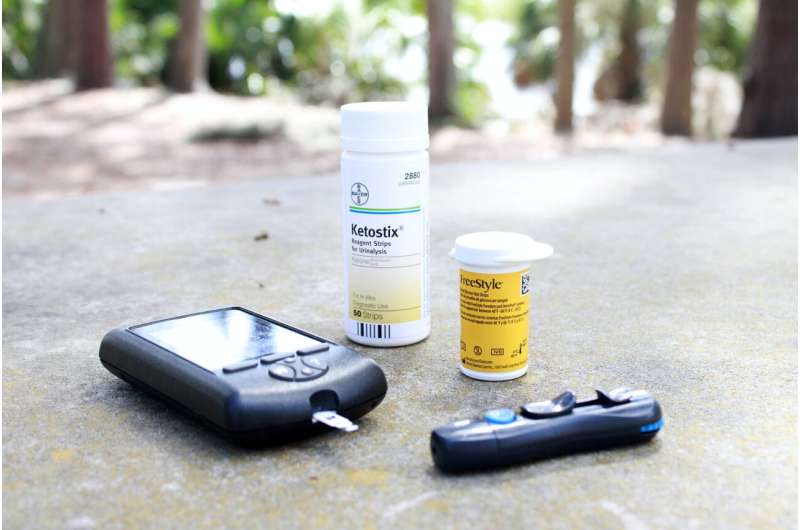Innovative Microneedle System Enables Continuous Glucose and Medication Monitoring for Diabetes Management

A revolutionary microneedle-based wearable platform enables continuous, noninvasive monitoring of glucose and metformin levels, transforming diabetes management with personalized, real-time treatment adjustments.
Researchers from the Technion - Israel Institute of Technology, in collaboration with Sun Yat-sen University in China, have developed a groundbreaking wearable microneedle platform that allows real-time, noninvasive monitoring of glucose and metformin levels in diabetic patients. Published recently in Nature Communications, this advanced system utilizes a combination of 3D-printed microneedles, nanoenzyme-based sensors, and smart technology to facilitate personalized treatment.
Diabetes, a chronic condition characterized by elevated blood sugar levels, affects hundreds of millions worldwide and requires meticulous management. Traditional monitoring methods involve invasive procedures like finger-prick tests, which are often painful and fail to provide continuous data, limiting the ability to adjust treatments dynamically.
The new microneedle system addresses these challenges by adhering comfortably to the skin and analyzing interstitial fluid for glucose and drug markers without causing discomfort. The array of microneedles is equipped with sensors containing nanoenzymes that measure these biomarkers precisely. Data collected is wirelessly transmitted via Bluetooth to a dedicated smartphone app, which performs real-time pharmacokinetic and pharmacodynamic analyses.
This approach creates a closed-loop system that not only monitors the disease markers but also suggests personalized drug dosages, helping optimize treatment and prevent complications like hypoglycemia or lactic acidosis. Validation studies in laboratory and animal models have demonstrated strong correlation with conventional testing methods and revealed fluctuations in glucose and metformin levels that older systems missed.
Prof. Haick emphasized that continuous, real-time monitoring enables unprecedented control over disease management and opens avenues for applying similar methods to other chronic illnesses. The system's compact design and ease of use make it suitable for broad clinical and home use, moving closer toward a future where wearable devices not only track health metrics but also actively guide treatment in real-time.
Looking ahead, the research team aims to expand the platform to monitor additional chronic conditions like heart disease and epilepsy, tailoring the sensing chemistry accordingly. This innovation signifies a major step toward smart, personalized medicine that combines biological sensors, AI, and pharmacology for optimal therapeutic outcomes.
Source: https://medicalxpress.com/news/2025-07-microneedle-glucose-metformin.html
Stay Updated with Mia's Feed
Get the latest health & wellness insights delivered straight to your inbox.
Related Articles
Breakthrough in Lung Transplant Technology: Portable Preservation System Enhances Outcomes for Extended Criteria Donor Lungs
Baylor College of Medicine confirms that the portable Organ Care System improves lung transplant outcomes from extended criteria donors, expanding the donor pool and benefitting recipients long-term.
Innovative Beta Cell Replacement Therapy Shows Promise for Type 1 Diabetes Cure
A novel stem cell–derived islet therapy, zimislecel, shows promise in restoring insulin production and eliminating severe hypoglycemia in adults with type 1 diabetes, offering new hope for a scalable cure.
Patients’ Perspectives on the Use of Artificial Intelligence in Dentistry
A recent study highlights patient attitudes towards AI in dental diagnostics, emphasizing cautious optimism and the need for human oversight in dental care technologies.



